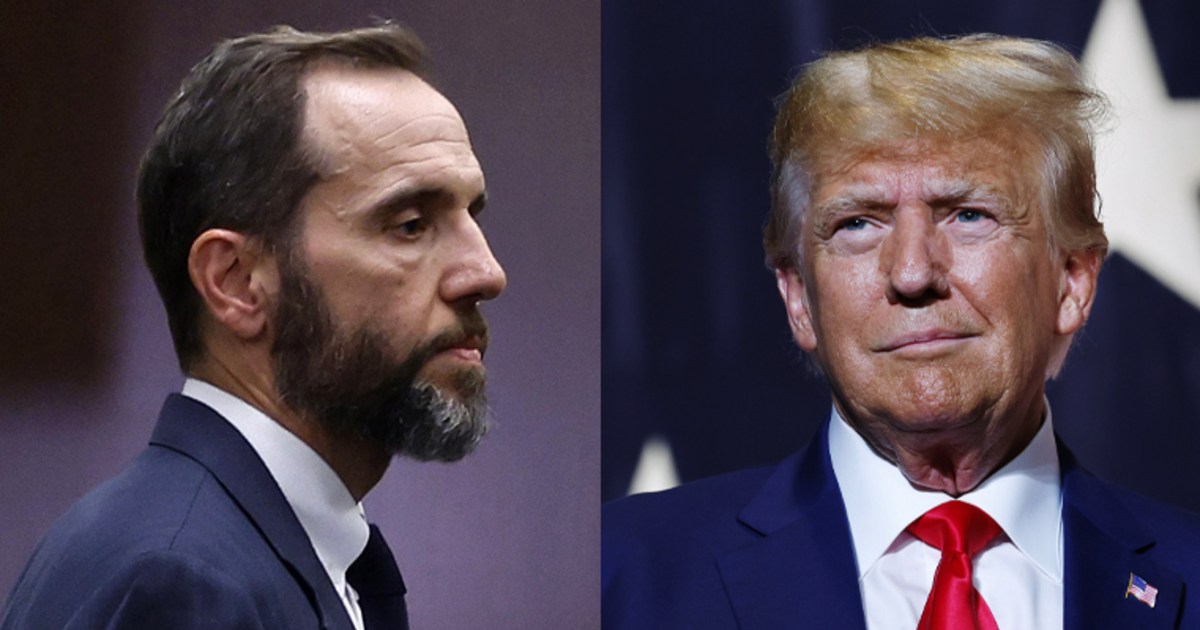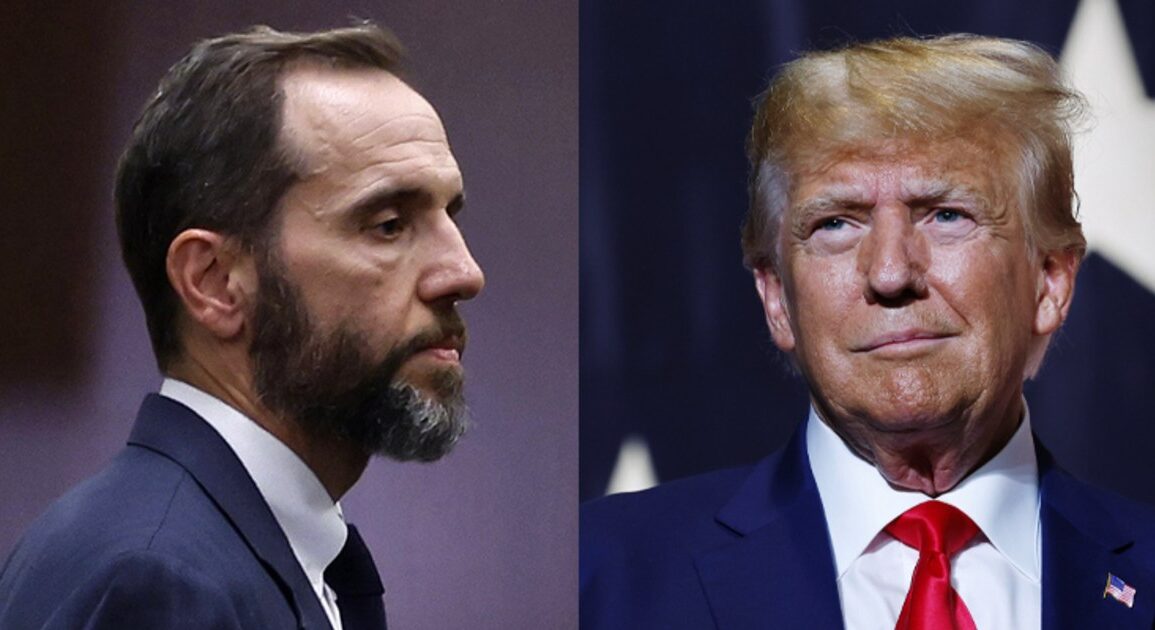
On Monday, U.S. District Judge Tanya Chutkan, presiding over the prosecution alleging former President Donald Trump interfered in the 2020 presidential election, will conduct a hearing to determine whether she should order limitations on Trump’s speech to prevent him from endangering witnesses, prosecutors and judges and to stop him from tainting future jury pools. On one hand, this hearing is extraordinary: It could result in a so-called gag order on a political party’s likely presidential nominee. On the other hand, this kind of hearing is regularly conducted in courts throughout the U.S. when defendants on pretrial release engage in conduct detrimental to the fair and orderly administration of justice.
Last month, special counsel Jack Smith filed a motion seeking “a narrowly tailored order” restricting Trump’s “prejudicial extrajudicial statements.” Smith urged the court to limit Trump’s speech to stop his “inflammatory and misleading statements,” which “would cause others to harass and harm perceived critics or adversaries,” and to block his attempt to “undermine confidence in the justice system and prejudice the jury pool.”
Judges have significant discretion to place limitations on defendants who are on release pending trials — let alone four trials, like Trump.
In a reply that reads more like an extended social media post or a campaign ad than a well-reasoned legal brief, Trump’s lawyers argued that prosecutors want to “muzzle” him and “unlawfully silence” him in violation of his First Amendment free speech rights.
Smith then filed his own reply, pointing out that Trump was ratcheting up the dangerous rhetoric against witnesses. Specifically, prosecutors reproduced in their court filing a Sept. 22 Truth Social post in which Trump “falsely claimed” that one of the witnesses against him — the chairman of the Joint Chiefs of Staff, Mark Milley — “had committed treason and suggested that he should be executed.”
Judges have significant discretion to place limitations on defendants who are on release pending trials — let alone four trials, like Trump.
On pretrial release, a person’s rights are significantly diminished. For example, a judge can order the surrender of a defendant’s passport, significant travel restrictions, curfews, periodic drug testing, GPS monitoring or even home detention until trial. At its most restrictive, a judge can order a defendant detained — jailed — pending trial if the judge concludes, by clear and convincing evidence, that the defendant is either a flight risk or a danger to the community. None of these restrictions would be constitutionally permissible if they were imposed on a person who was not on pretrial release.
Regarding court-imposed limitations on a defendant’s speech, in 1991 the Supreme Court made it clear that courts can restrict extrajudicial statements that pose a “substantial likelihood of materially prejudicing” a judicial proceeding without running afoul of the First Amendment’s free speech guarantees. That precedent, laid out in Gentile v. State Bar of Nevada, applies to every person in the U.S. criminal justice system who is a defendant in a criminal case, including a former president and current presidential candidate.
However, there is one glaring example of how the laws are not being applied equally to Trump, compared to other criminal defendants. In 30 years as a federal prosecutor, I cannot recall ever seeing a defendant on pretrial release in a felony case threaten the life of a witness — or, in Trump’s case, suggest that a witness should be executed — and remain on pretrial release. The judicial system’s casual treatment of Trump’s unending threats, harassment and intimidation of witnesses is as perplexing as it is alarming.
From the moment Trump was criminally indicted, he has been endangering witnesses with impunity.
For context, here’s how the criminal justice system is designed to operate: If a defendant on pretrial release threatens a witness, the prosecutor will promptly file a motion for a “show cause” order. That motion asks the judge to set an immediate hearing, at which the defendant must appear and show cause why his pretrial release should not be revoked. (Such an order can also be initiated by the judge herself, if she is notified of a possible violation of a condition for release.)
From the moment Trump was criminally indicted, he has been endangering witnesses with impunity. Recall that not long after Manhattan District Attorney Alvin Bragg indicted him in New York on 34 counts of falsifying business records, Trump posted a composite photo of himself holding a baseball bat, midswing, next to Bragg in an adjacent photo, his hands raised as if he were about to be struck with the bat. The message was clear: Defendant Trump was threatening the prosecutor who had just indicted him. I, for one, thought that this was the last straw and that Trump would soon find himself detained pending trial.
And yet, since then Trump has heaped a veritable haystack of threats on the legal system’s back. Most recently, as he entered a Manhattan courtroom last Monday to attend the trial in New York Attorney General Letitia James’ case against him, his sons and the Trump Organization, Trump stated, “You ought to go after this attorney general.” He did not specify who should “go after” James, but we need only recall how his supporters reacted to his directive to “stop the steal” on Jan. 6 to see how dangerous such a call is.
So far the courts have treated Trump with kid gloves. Will the courts continue to leave him free to endanger witnesses and poison jury pools? Or will they begin treating him the way they tend to treat those without power, wealth and influence and hold him accountable for his extraordinarily dangerous and damaging rhetoric? Our criminal justice system is being tested — now it must rise to the challenge.
This post was originally published on this site be sure to check out more of their content.







